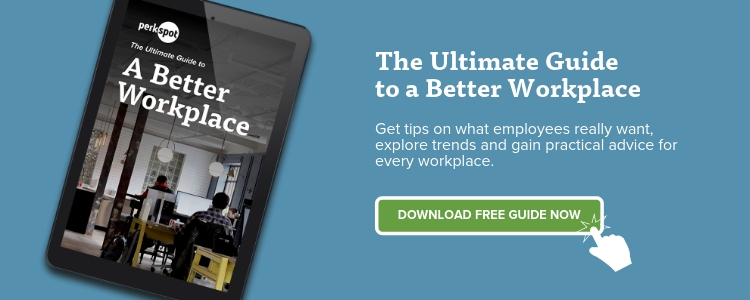How HR Managers Can Improve Gender Diversity at Work
It would come as no shock to most people that there is a substantial amount of gender disparity in the workplace. Unfortunately, the statistics back this up as well.

Women are less likely to be hired into entry-level jobs than men, and that number has barely budged for the last four years. Women are even less likely to be hired and promoted into management roles, leaving the pool of women who can be hired or promoted into senior-level positions practically minuscule. But there is one role that can actively participate in shrinking that inequality in the workplace: HR managers.
Here are three ways that HR managers can support women in the workplace.
1. Re-examine hiring tactics
2. Find them a mentor
3. Be an example
1. Re-examine Hiring Tacts
We can begin tackling gender inequality in the workplace at the very beginning, which is the hiring process. So take the time to examine yours. Does your hiring committee include both men and women? Does your job description list traits and qualities that are primarily associated with men? Do you make assumptions about a potential hire based on their name, experience, or large gaps in their resume, which are often due to family-related situations? Checking your biases and making improvements is the first step.
2. Find a Mentor
For employees beginning their career, a mentor who can provide advice and insight is absolutely invaluable. As an HR manager, there’s a good chance that your company already offers a program like this for new hires. When pairing a mentor and mentee, many feel inclined to match based on gender just as much as a similar career path. However, this often leaves female employees out to dry, as the pool for female senior-level employees is much smaller than their male counterparts. Instead, simply seek out employees who you feel will learn from one another and offer each other a unique perspective and guidance.
3. Be an Example
Whether you are a male or female HR manager, make it your responsibility to be an example for fellow coworkers. Give your female colleagues a voice, and let them know you hear and appreciate their opinions. Create a policy that ensures an environment of respect, and make sure each employee upholds that policy. This will allow other employees to feel more comfortable following your lead.
It has been proven time and time again that having a diverse workforce is better for your company’s bottom line. A 2015 study reported that companies with more women board directors had a higher return on equity, sales, and invested capital. A 2016 study confirmed that more women in leadership positions help to advance a firm’s financial performance. And perhaps most telling, 86% of women said they see senior-level positions as more attainable when they see other women already filling them. Take an active role in creating and improving gender diversity in your workplace by trying one of these tips!













